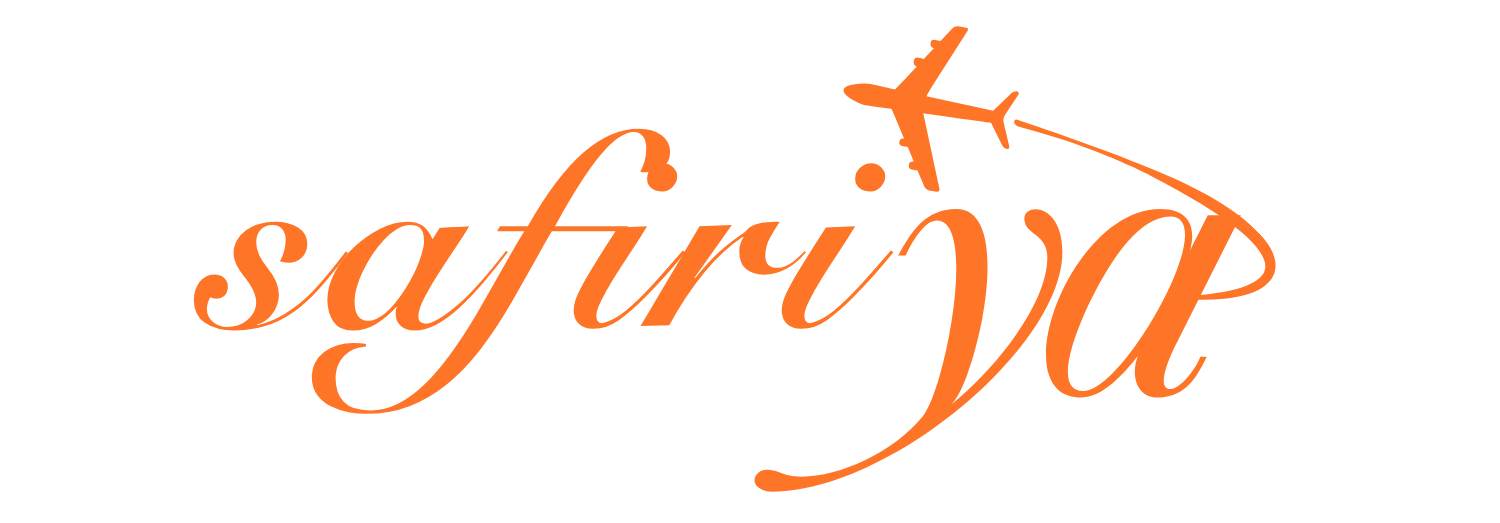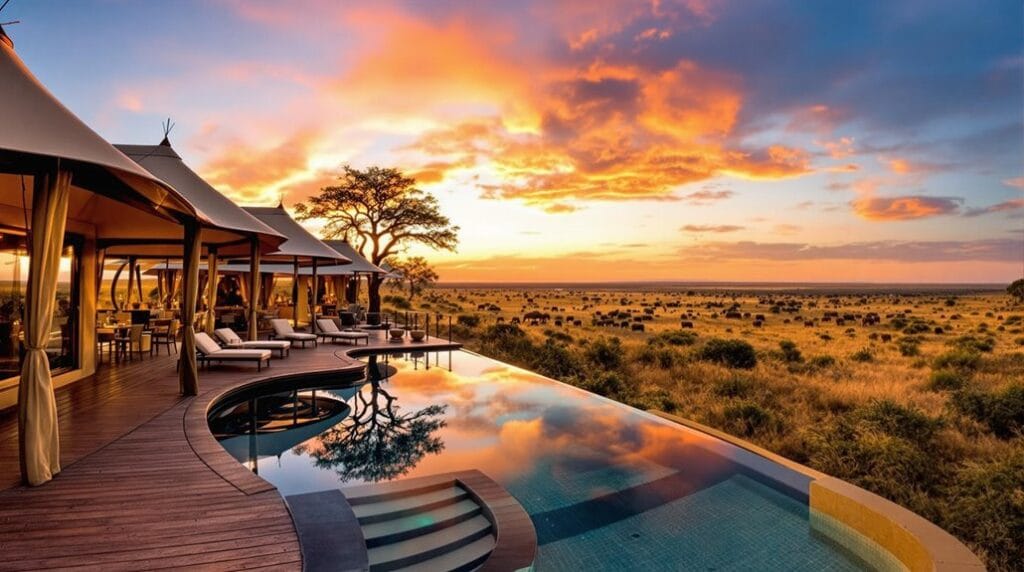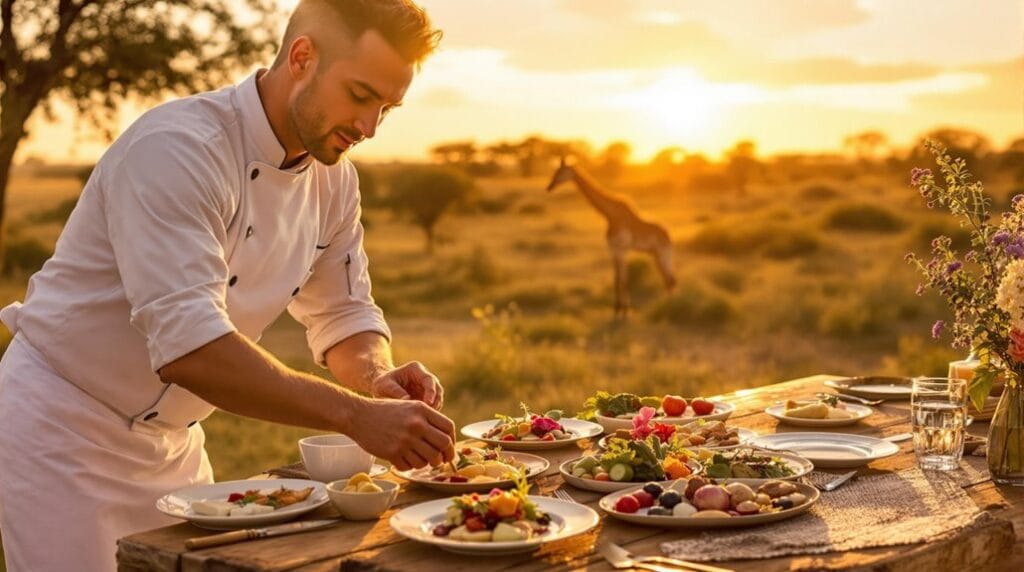You might be surprised to learn that African dance is not just a form of entertainment, but a profound expression of cultural identity. In cultural festivals, these vibrant dance styles serve as a bridge connecting generations and communities. As you explore the significance of these performances, you'll uncover how they foster unity and understanding among diverse audiences. What happens when traditional dance meets modern interpretations, and how can festivals play a role in preserving these rich traditions for future generations?
Key Takeaways
- African dance is celebrated in cultural festivals, showcasing traditional styles that reflect and honor diverse ethnic heritages and community values.
- Festivals serve as platforms for storytelling through dance, connecting generations and preserving cultural narratives within the community.
- Vibrant costumes and traditional music enhance performances, creating a powerful expression of cultural identity and heritage.
- Workshops during festivals educate participants about dance movements and cultural significance, fostering appreciation and transmission of traditions to younger generations.
- The blending of traditional and contemporary dance forms in festivals reflects the resilience and evolution of African cultural identity.
Cultural Heritage of African Dance
Celebrating the vibrant tapestry of African dance, you'll discover it's much more than just movement; it's a profound expression of cultural heritage. Each traditional African dance showcases unique styles, embodying the rhythmic patterns and vibrant movements that reflect the core values of diverse ethnic groups.
These dances aren't merely performances; they reinforce community ties, often taking center stage during significant life events like weddings and harvest festivals.
As you immerse yourself in these enchanting displays, you'll notice how they narrate stories that connect today's generations to their ancestors. The costumes and instruments used aren't just decorative; they symbolize cultural identity, reflecting the artistic expressions of various communities.
This preservation of history and ancestry is essential, ensuring that the rich cultural legacy continues to thrive.
Festivals dedicated to African dance play an important role in fostering intergenerational transmission of knowledge, creating a space where young and old come together to appreciate traditional practices.
Celebrated Dance Styles
Within the rich landscape of African dance, celebrated styles like Indlamu, Zaouli, and Eskista stand out, each telling a distinct story rooted in cultural significance.
Indlamu embodies strength and bravery, often performed during weddings and community celebrations. Its powerful movements reinforce community identity, uniting individuals through shared experience.
In contrast, Zaouli, originating from the Guro people of Côte d'Ivoire, dazzles with vibrant costumes and intricate footwork. Accompanied by live drumming, Zaouli's fast-paced rhythms create an electrifying atmosphere that captivates audiences and fosters a sense of belonging.
Then there's Eskista, a traditional Ethiopian dance renowned for its rapid shoulder movements. It reflects the rich cultural tapestry of Ethiopia, celebrating social and historical narratives through its unique rhythmic movements.
Each of these African dance styles not only entertains but also educates, conveying deep cultural significance.
Dance festivals across the continent prominently feature these celebrated styles, embracing their diversity and inviting cultural exchange.
Major Cultural Festivals
Major cultural festivals across Africa not only showcase iconic dance styles but also serve as vibrant platforms for community engagement.
When you participate in events like the Festival au Désert in Mali or the Durban International Festival of Dance, you witness the profound significance these gatherings hold in preserving heritage and fostering cultural exchange.
These festivals create a unique opportunity for you to immerse yourself in traditional practices while supporting local economies and celebrating shared identity.
Festival Highlights and Significance
Showcasing the vibrant tapestry of African culture, festivals like the Festival au Désert in Mali and the Durban International Festival of Dance in South Africa highlight the richness of traditional dance forms.
These cultural festivals serve as a celebration of community identity, where various diverse dance styles come alive, echoing stories of ancestry and collective experiences.
Take the Festival of African Culture in Ghana, for instance; it promotes cultural exchange, inviting participants and audiences to appreciate the unique narratives embedded in each dance.
At Fesman in Senegal, dancers unite from across the continent, emphasizing how traditional dance is essential for preserving cultural heritage and fostering unity among different groups.
Meanwhile, the Ngoma Festival in Uganda focuses on intricate movements that engage in storytelling, reinforcing social ties and collective joy within the community.
Beyond entertainment, these festivals also create economic opportunities, drawing tourists and showcasing local crafts.
They become an essential part of the cultural and economic landscape, reminding you that dance isn't just an art form—it's a powerful medium of connection, pride, and belonging that transcends borders.
Iconic Dance Styles Featured
Festivals celebrate not only the community spirit but also the iconic dance styles that define African cultural identity. At major cultural festivals like the Festival au Désert in Mali or the Durban International Festival of Dance, you'll witness vibrant expressions of traditional movements that showcase the rich diversity of African heritage.
Indlamu, a powerful dance symbolizing strength and bravery, often fills the air during significant life events, reinforcing community identity.
Meanwhile, the Zaouli dance from Côte d'Ivoire dazzles with intricate footwork and colorful costumes, offering a glimpse into the cultural heritage of the Guro people.
Ethiopia's Eskista, known for its rapid upper body movements, embodies the nation's cultural tapestry and frequently graces national celebrations.
Festivals like the Ngoma Festival in Uganda not only present these traditional dances but foster collaboration among dancers from various regions, allowing for a vibrant exchange of unique styles and stories.
Community Engagement Opportunities
At vibrant cultural festivals like the Festival au Désert in Mali or the Durban International Festival of Dance, community members have the chance to immerse themselves in traditional dance through direct engagement. These festivals provide a platform for local artists to showcase their talent, fostering community pride and economic growth. You'll discover workshops that enhance your understanding of cultural heritage, such as traditional drumming classes and folk dance sessions, promoting intergenerational transmission of dance practices.
Participatory dance sessions invite you to learn traditional movements in a supportive environment, creating opportunities for social bonding. These collective celebrations not only celebrate local culture but also encourage intercultural dialogue among diverse community members.
Here's a glimpse of the community engagement opportunities at these festivals:
| Activity Type | Description | Benefits |
|---|---|---|
| Workshops | Classes on traditional dance and drumming | Understanding cultural heritage |
| Participatory Dance | Group sessions for learning movements | Social bonding |
| Performances | Showcasing local talent | Community pride |
| Cultural Exchanges | Sharing traditions with diverse groups | Intercultural dialogue |
| Collective Celebrations | Festivities that unite the community | Strengthened community ties |
Engaging in these activities, you'll not only connect with your roots but also with a vibrant community.
Educational Workshops and Engagement
When you participate in educational workshops like Fontomfrom and Gota Classes, you're not just learning movements; you're immersing yourself in a rich tapestry of culture and history.
Each session fosters community connection and appreciation, ensuring that traditional practices are passed down to younger generations.
As you engage with the rhythms and stories of African dance, you'll witness firsthand the profound impact these workshops have on both personal growth and community cohesion.
Workshop Benefits and Impact
African dance workshops offer a vibrant gateway to cultural appreciation, immersing participants in the rich tapestry of indigenous movements and their historical significance.
These educational workshops, like the Fontomfrom and Gota Classes, dive deep into traditional dances, enriching your understanding of their context and meaning. Through monthly drumming workshops, you'll explore complex rhythms that form the backbone of African dance, enhancing your musical insight and connection to the art.
Participating in folk music and spoken word classes allows you to learn original folk songs, further weaving you into the fabric of your heritage.
Workshops like By the Fire Side Drum & Dance use storytelling through traditional dances, like Adowa, to foster community bonding and social cohesion, drawing you closer to fellow participants who share your journey of cultural discovery.
These immersive experiences not only guarantee the transmission of traditional practices but also reinforce cultural pride and awareness within communities.
Engaging Community Participation
Through engaging educational workshops, participants actively connect with the rich heritage of African dance, enhancing their understanding while fostering community participation.
These workshops, like Fontomfrom and Gota Classes, immerse you in indigenous movements and complex rhythms, deepening your cultural appreciation. Monthly traditional drumming sessions further enrich your experience, revealing the intricate rhythms that underpin these traditional dances and their cultural significance.
Classes in folk music and spoken word introduce you to original folk songs, weaving a tapestry of African identity and storytelling. The By the Fire Side Drum & Dance Workshop highlights storytelling through traditional dances such as Adowa, where you bond with fellow participants, cultivating social cohesion within the community.
These workshops serve as essential platforms for sharing knowledge, ensuring that the beauty of cultural heritage is passed down to future generations. By participating, you not only preserve these traditions but also foster a sense of belonging and cultural pride.
Engaging in these activities strengthens community ties and enriches your understanding of African dance, creating a vibrant space where everyone can celebrate and honor their shared cultural narrative.
Community Impact and Unity
Dancing in the heart of the community, traditional dance festivals become vibrant platforms for social commentary and cultural expression. These events do more than entertain; they engage you in a rich tapestry of cultural pride and shared experiences.
When you participate in these dance rituals, you strengthen social ties, creating a deep sense of belonging and unity among fellow community members. Festivals like the Festival of African Culture in Ghana and the Ngoma Festival in Uganda celebrate your community identity while promoting intercultural dialogue through diverse dance styles.
Local artists take center stage, showcasing their talents and enhancing community pride. This not only boosts morale but also opens up economic opportunities through tourism and the sale of crafts, solidifying the community impact even further.
Moreover, educational workshops during these festivals are invaluable. They teach traditional dance techniques and promote the intergenerational transmission of cultural practices, allowing you to connect deeply with your roots and with each other.
In these moments, unity flourishes, and you find yourself part of something greater—a celebration of heritage that strengthens the very fabric of your community.
Future of African Dance
As we look to the future, the landscape of dance festivals in Africa is poised for transformation, blending traditional forms with contemporary influences that reflect the dynamic identities of its communities. This integration nurtures cultural diversity, allowing you to experience the rich tapestry of African dance while resonating with modern expressions.
Increased global interest and digital platforms are expanding audience participation, fostering international collaborations that enrich the cultural dialogue. Community involvement remains at the heart of sustainability initiatives, ensuring that festivals create economic opportunities while maintaining authenticity in dance.
Educational components play an essential role in the transmission of practices to younger generations, helping preserve the vibrant cultural heritage that defines these art forms. By engaging youth, festivals not only honor traditional and contemporary dance but also empower communities to take ownership of their cultural narratives.
In embracing both the past and the present, African dance festivals stand as a reflection of the resilience and evolution of cultural identity. They invite everyone to participate in a shared journey, celebrating the beauty of diversity while honoring the roots that ground these expressive forms.
The future is bright, and your involvement is key to this ongoing legacy.
Significance of Music and Costumes
The heartbeat of African dance pulses through its music and costumes, each element intricately woven into the fabric of cultural expression. Music, especially traditional drumming, creates an electrifying atmosphere that enhances your connection to the dancers' movements and the stories they tell.
You'll find that the rhythms and call-and-response patterns invite you to participate, transforming a simple performance into a shared community experience.
Costumes play an equally essential role, reflecting diverse cultural identities and ethnic backgrounds. As you admire the vibrant colors and materials, notice how each design symbolizes unique traditions.
The intricate beadwork—sometimes taking hours to create—adds depth to the visual experience, making every performance not just an event, but a celebration of heritage.
Together, music and costumes enrich the dance, preserving and communicating cultural narratives across generations. They remind you that you're part of something larger, a living representation of the history and resilience of African communities.
In honoring these elements, you engage in a powerful dialogue of belonging, where each beat and stitch connects you to the vibrant tapestry of African culture.
Frequently Asked Questions
What Is the Cultural Significance of African Dance?
African dance holds deep cultural significance as it embodies ancestral heritage and showcases identity representation.
Through rhythmic expression, you connect with the community, fostering social cohesion and emotional release. Each movement tells a story, rich with dance symbolism that reflects shared values and experiences.
These dances serve as a medium for cultural preservation, allowing you to engage with spiritual significance and reinforce community connections, making each performance a celebration of history and belonging.
What Is Cultural Festival Dance?
Imagine a vibrant tapestry of dance styles, where traditional rhythms pulse like a heartbeat.
Cultural festival dance embodies expressive movements that celebrate community and cultural identity. Each performance art piece weaves storytelling elements, revealing historical roots and ritual significance.
As you watch, you feel the social cohesion that arises when diverse groups gather, united in joy and heritage. This enchanting dance not only entertains but also deepens your connection to shared traditions and values.
What Is the African Dance Called?
African dance isn't just a term; it's a vibrant expression of cultural heritage. Each style showcases traditional rhythms and body language, inviting you to join in the movement expression.
These performances embody community storytelling and foster a spiritual connection among participants. You'll witness rhythmic improvisation, making every dance unique, whether in social celebration or solemnity.
Engaging with African dance allows you to feel a sense of belonging to a rich tapestry of traditions.
What Are Three Important Principles of Dance From the African Continent?
Have you ever felt the power of rhythm in dance?
African dance embodies three essential principles: rhythm expression, where movement syncs with deep beats; storytelling movement, transforming body language into narratives that celebrate cultural identity; and community connection, fostering social cohesion through participation.
Dancers often don traditional attire, enhancing the spiritual significance of their performance.
This improvisational style encourages generational transmission, ensuring that the richness of heritage continues to thrive within the community.
Conclusion
As you immerse yourself in the rhythm of African dance at cultural festivals, you can feel the heartbeat of generations echoing through each movement. The vibrant colors of costumes swirl around you, telling stories of resilience and joy. By honoring these rich traditions, you not only celebrate heritage but also weave a tapestry of unity within your community. Embrace this legacy, and you'll find that the spirit of African dance continues to inspire and uplift, creating connections that transcend time.







